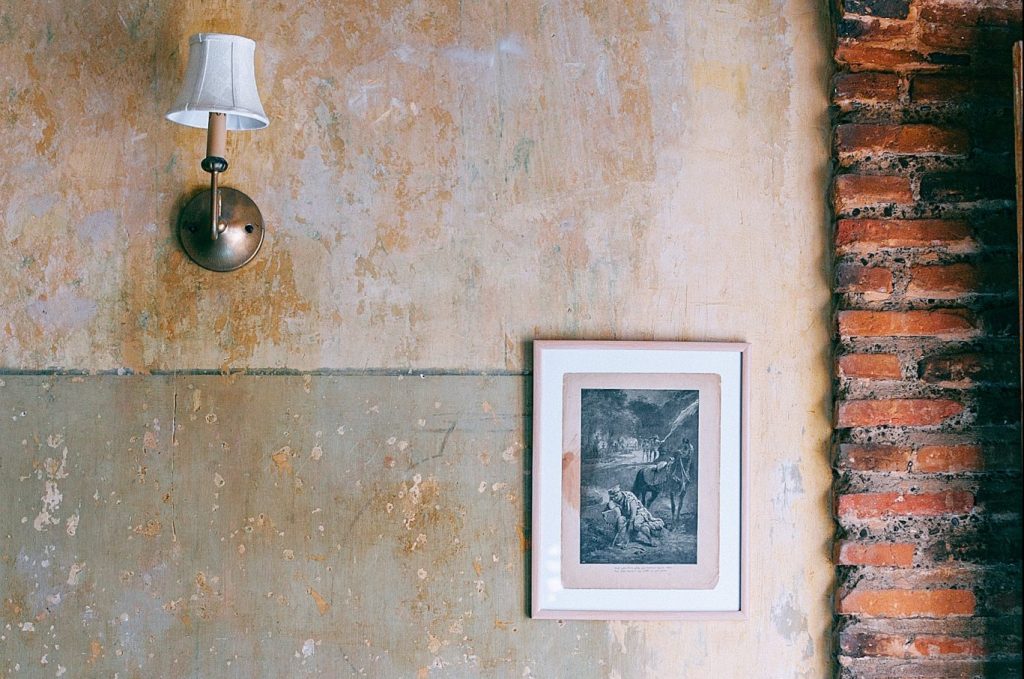
Unfortunately, every home has places that are most vulnerable to mold and moisture. Poor ventilation, as well as constant contact with water and building materials – are the unfavorable factors that increase the humidity in the house.
As a result, on the walls, and in the corners we can notice the appearance of ugly black spots and peeling paint.
The humid environment is favorable for the growth and reproduction of mites, fungi, and bacteria, which can lead to the development of respiratory diseases and allergic skin reactions.
Remedies to help reduce moisture in the house
1. Sodium bicarbonate (baking soda)
This product has powerful whitening, disinfecting, and antibacterial properties. That is why sodium bicarbonate is deservedly considered one of the most effective for combating excessive humidity indoors.
Thanks to the absorbent compounds in their composition, sodium bicarbonate effectively fights mold, neutralizes odors and removes stains from walls.
Ingredients:
- 3 tbsp of sodium bicarbonate (30 g)
- 2 tbsp of hydrogen peroxide (20 ml)
Preparing:
- Thoroughly mix hydrogen peroxide with sodium bicarbonate in a small container.
Method of application:
- Apply the resulting paste on the affected areas on the walls (in particular, on stains and mold caused by excessive moisture) and rub them thoroughly with a brush until completely removed.
Repeat this procedure at least 2-3 times a week.
2. Sea salt
Because sea salt has powerful absorbent properties, it is ideal for combating excessive humidity indoors.
Sea salt contains useful chemical compounds that can disinfect, eliminate odors and prevent the formation of new spots from fungi and mold.
Ingredients:
- 3 tbsp of sea salt (30 g)
- 5 drops of lavender essential oil
Preparing:
- Pour sea salt into small sachets or small saucers and sprinkle them with lavender essential oil on top.
Method of application:
- Place saucers or bags of salt in kitchen cabinets and drawers.
- Leave them for 2-3 weeks, then change them to new ones.
3. Borax (sodium tetraborate)
Borax is a cleaning product that has become very popular in the last few years. It is a less aggressive agent than linen, but due to its powerful antifungal properties, this product can effectively remove mold, which often appears on walls and tiles.
Ingredients:
- 1 tbsp of borax (10 g)
- 5 glasses of water (1250 ml)
Preparing:
- Be sure to wear gloves before working with this product!
- Dilute the borax in water and mix thoroughly.
Method of application:
- For convenience, pour the aqueous solution of borax into a spray bottle.
- Treat the affected areas in the room with the tool. Wait 30-40 minutes, then wipe off the remnants of the remedy with a clean cloth.
Repeat this procedure at least once a week.
4. White vinegar
This product is a multifunctional, environmentally friendly, and antibacterial agent that has many useful properties and countless possible uses.
Natural acids, which are part of white vinegar, stop the spread of mold and fungus on the walls, as well as neutralize odors, which are often accompanied by high humidity.
Vinegar can be used to treat toilets, tiles, baths, and other items in wet areas.
Ingredients:
- 1/2 cup of white vinegar (125 ml)
- 1/4 cup of water (60 ml)
Preparing:
- Dilute white vinegar in water and pour the finished solution into a spray bottle.
Method of application:
- Shake the bottle thoroughly before use.
- Treat all mold-affected areas in the room with the solution.
- Wait for it dry, then wipe off any residue with a clean cloth.
- If the stains cannot be removed, treat them again with pure white vinegar, without adding water.
Make it a habit to use a vinegar-based product during each cleaning, but at least three times a week.
5. Tea tree essential oil
This product has become wildly popular not only because of its ability to eliminate bacteria but also because it quickly stops the spread of mold and prevents it from reappearing on surfaces in the future.
Tea tree essential oil is perfect for cleaning in rooms with high humidity, especially in the bathroom.
Ingredients:
- 2 tbsp of tea tree essential oil (30 g)
- 1 glass of water (250 ml)
Preparing:
- Dilute tea tree essential oil in a glass of water.
- For convenience, pour the product into a spray bottle.
Method of application:
- Treat tiles, bathtubs, and other places that come in frequent contact with water with the solution.
- Wait a few minutes, then wipe off the remnants with a sponge or cloth.
Picture Credit: Pexels
